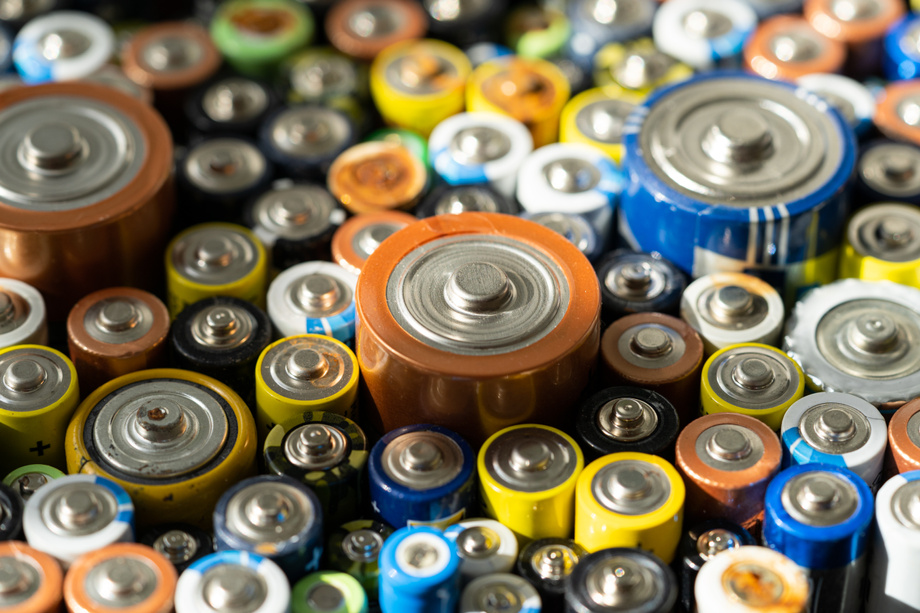
Background
Presently, state‑of‑the‑art batteries can be divided into two categories: rechargeable and primary. Rechargeable batteries can be discharged and charged multiple times, whereas primary batteries are intended for one-time use. Even though rechargeable batteries have the benefit of having numerous uses, they typically have a lower capacity than primary batteries. Therefore there is a need to combine the advantages of both types of batteries to make a long‑lasting rechargeable battery.
Technology
This technology revolves around using two different cathode active materials in a single battery. The first material is high voltage and can be charged and discharged multiple times, and the second material has a high capacity and a lower voltage than the first one. The second material doesn’t have to be rechargeable and can act purely as a primary active material. The two active materials are dispersed within the cathode structure and are patterned so that the materials are in regional domains. The domains are organized through the thickness or area of the cathode. There are also discrete layers of the cathode active materials where one material is layered on top of the other. For the first material, transition metal oxides, phosphates, silicates, and related materials can be used. These examples have high voltage and electrochemical reversibility. For the second material, transition metal sulfides, sulfur, carbon monofluoride, and related materials can be used. These examples have a high capacity.
Advantages
Provides a higher capacity than a rechargeable battery on its own. - The high voltage material that is discussed can be discharged and charged multiple times without depleting the high capacity of the lower voltage material. - More reliable. - Energy density can also be potentially higher within certain parameters.
Application
This technology can be used in areas where a battery is needed. Depending on the size and requirements of the battery, this technology can be tested and tweaked to match the necessary needs.
Inventors
Esther Takeuchi, Distinguished Professor, Material Science & Chemical Engineering
Amy Marschilok, Research Professor, Material Sciences & Chemical Enginneering
Kenneth Takeuchi, SUNY Distinguished Professor, Chemistry
Licensing Potential
Development partner - Commercial partner - Licensing
Licensing Status
Available for Licensing R# 9116
Licensing Contact
James Martino, Licensing Specialist, Intellectual Property Partners, james.martino@stonybrook.edu,
Patent Status
Provisional patent
62/910,665
Tech Id
050-9116
